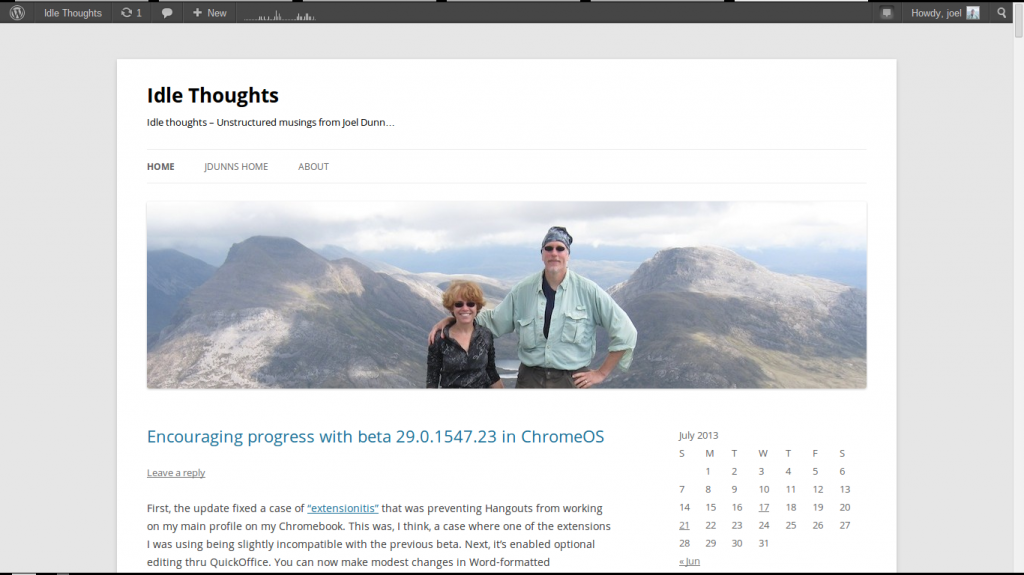I picked this book up (virtually speaking, as I read most everything in the Kindle ecosystem) after hearing a reference to it in the Economist magazine. It’s been out since 2011 but I’d not heard about it until earlier this year. It’s a fascinating book, on a couple different levels, as a historical review and a speculation about the future.
First, Morris is an archaeologist and historian, who as he continued his post-graduate research, began to wonder about the dichotomy apparently posed by the “uniqueness” of ancient Greek society, yet its role in launching Western democracy. He takes the reader on a quick but comprehensive review of History 101 (aka Western Civilization) as well as an equally comprehensive and comparative tour through the Eastern equivalent. This is high readable, and will refresh your memory on all the history courses you took (or should have taken 😉 ). He covers ground that Jarred Diamond discussed in Guns, Germs and Steel and Collapse, with attribution, of course. Morris puts his “spin” on the various rises and falls with his societal development index, used as a metric to compare the developmental heights of various empires, kingdoms and the like. He postulates that society develops as the engines of sloth, fear and greed motivate various people to tinker, innovate and look for ways to make themselves safer and more comfortable. A key part of his thesis is that there are certain hard ceilings that it’s difficult for societies to break through, and if they don’t, they fall apart. When they do, it’s often catalyzed by geography, resources, and turning backwardness into an asset as groups leverage the technologies available in creative, lazy and greedy ways. Social development has been led by both Western and Eastern civilizations, but more often than not Western civilization has been in the vanguard. Morris takes pains to say that this is not due to “long term lock-in” or inherent abilities, as much as circumstance, geography, and other factors that have favored Western civilizations. The West has led, but the gap is rapidly closing, and this is where it gets interesting. Will China overtake the US? What will society look like then, and what would it actually mean?
After this exposition, the closing two chapters summarize why the West has been further along the social development scale, and speculate about the future. We’ve made it so far without an Asimov Nightfall moment (BTW, a great sci-fi story!). Society is set to move exponentially on the development index as information technology driven innovation and globalization changes everything. Will the Fermi paradox come to fruition (let’s hope not)? Will we reach the Kurzweil Singularity? Both are conveniently “due” in 2045 😉 . Will we have a dystopian society or Roddenberry’s Federation of Planets? My Panglossian nature makes me gravitate toward Roddenberry. As a technologist, I am fascinated by the impact of social technologies and other IT tools on everyday life. I reflect on my 30+ years working professionally with computers and their impact on our daily lives and I see the trajectory of change and am amazed. We go to work each day to build the future, without any real idea of the where we taking things.
So, will the East be more advanced than the West in 2100? What will it mean to be more advanced? What’s the meaning of geography in a fully interconnected world? Who’ll have the advantages to build upon? These are great questions. We’re building the airplane as it goes down the runway.
This is a great book, and I give it two “thumbs up!”

